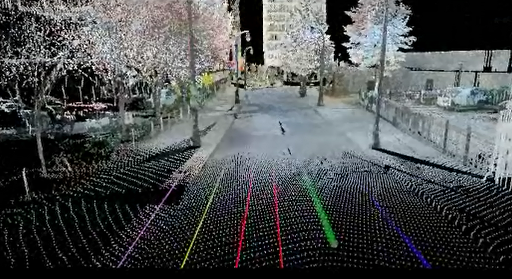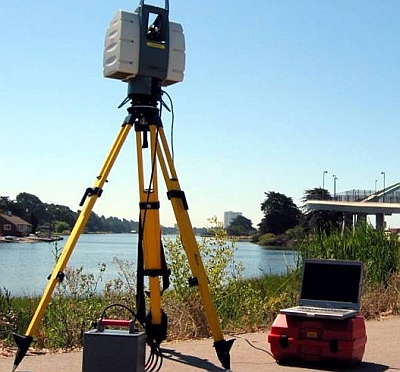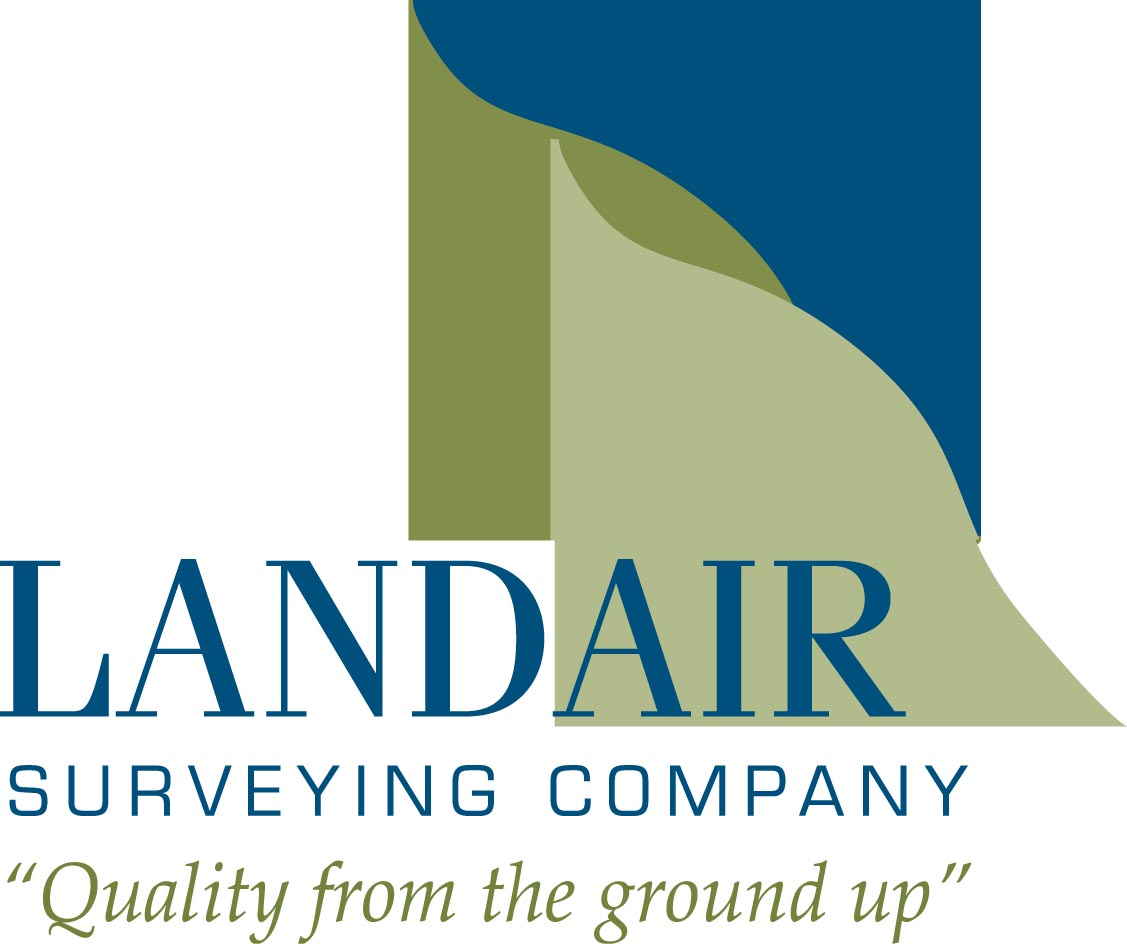As I stand back and look at where 3D laser scanning has led us as a company, I am both pleased and confident that the world of 3D virtual design and engineering is healthy and growing fast.
I recently met some truly amazing people from all over America and Europe who are doing some very forward thinking things with 3D virtual reality in both transportation BIM systems and augmented reality. Here’s a snapshot of what I saw:
Transportation BIM Systems
I was in Washington, DC, a few weeks ago speaking at a large corporate meeting and had the opportunity to see a fascinating presentation on the San Francisco Bay Bridge construction.
The construction cost will come in around $7 billion (yes, billion). The metrics are staggering, but there are four major construction firms working on the project.
Cal Trans has scanner crews scanning the progress on a weekly basis. Because of this, there was room in the budget and the available technology to do real time clash detection of the existing and proposed construction.
Because the bridge was designed in 3D (really in 5D), engineers were able to save big bucks on relatively simple components. For example, the 3D scan allowed them to get real time views from the proposed security cameras underneath the bridge. As a result, the actual number of cameras was cut in half, saving several million dollars.
Crews also used 4D (time) clash detection to view when a new component of the bridge was being constructed while an existing component was still in place. The 4D BIM model, when clashed against the existing model at that moment in the construction sequence, showed that there were interferences in temporary construction items.
Though the clashes would not have interfered with the final design, they did interfere with the interim design and would have slowed construction. This knowledge allowed the designers and contractors to make modifications to the sequences before there was an actual problem.
Just a few years ago, this capability would have been unheard of!
One of the more astonishing things I saw was a 5D construction sequence video that showed the bridge’s proposed construction slide bar and dollars spent on overtime as the bridge was coming out of the ground or water. This enabled you to compare construction costs to the bridge’s progress. At this same time, the 3D graphic was color-coded to show the four separate contractors and their workflows.
This all sounds complicated – and it was – but through the 3D engineering process, you could view the time estimates, add the construction dollars, and come to a very natural conclusion as to what was actually taking place. You could confirm that one contractor had finished his new section before another section was tied into it.
A 3D video showing a major component – like how the cabling system would be threaded through the bridge to provide the final structural support – was also very intriguing to watch.
Augmented Reality
This may be one of the biggest and best changes that I foresee coming to the construction industry.
Augmented Reality (AR) is a live view of a real-world environment whose elements are augmented by computer generated sound, video, graphics or GPS data. If you consider that most new construction will first be built by engineers and designers in 3D in computers, then you may see where we are going with this.
With the base designed in 3D, you can then place a “target” in a construction zone. A target for augmented reality can really be anything as long as a tablet or cell phone can recognized it as graphic signal to launch 3D BIM programs.
These targets are used to orient the tablet to the exact same design point as where the construction is occurring on the ground. When targets are scanned with a tablet, the original design for that exact spot of construction is displayed. As the tablet is moved around this area, you can view the construction in 3D at a specific location.
Here’s an excellent example: Assume that you have a three-sided, multi-story concrete opening for a proposed staircase. By scanning the target placed in that area, construction workers can see on their iPad or Android tablet exactly what the finished product will look like. Not just a flat drawing on 600 sheets of blue lines, but the 3D model of how it will actually fit into the opening.
And remember: the world is international and these projects are under construction all over the world. By doing this, we just transcended the language barrier. We just solved the problem of expert tradesmen who are great at their craft but may not read details on blueprints that well. We just got a crew of 2-5 construction workers from a point of unknown to a point where everyone has a perfect mental picture of what is going to be constructed. That’s a huge step!
One of the oldest sayings for any worthwhile project is, “Begin with the end in mind.” What a great way of accomplishing this.
As a testimony to how well this is working, many construction companies have been rolling out flat screen computers onsite to show superintendents actual BIM models by sequence. All throughout the day, they are used over and over by the workers who are building bridges, buildings, and infrastructure around the world.
These rolling 3D models are helping to get projects constructed right the first time. They are preventing construction problems and saving big money. Very soon, I believe that all of this will be done with either special glasses or projection screens.
Currently, the only obstacle slowing the process is having a way to orient a 3D BIM model real time inside of a building. Outside, it can be done with GPS. But inside, it is more challenging.
However, augmented reality will very quickly make paper plans obsolete. I have seen it in too many places and have seen the benefits. It is coming and will soon be a standard. All of the major construction companies are embracing this technology.
Another real use of augmented reality will be in the operations of the finished building. The technology already exists to allow a maintenance worker to go up to a motor or valve (or any piece of equipment that has a target) and scan it with his tablet or phone.
This opens up a computer database so that he can see the last maintenance schedule and the internal parts of the machine. If he services the machine, his data is automatically sent to the company database and is available for anyone to review. Or, if a repair is needed, he can launch a video of how to take apart the machine and replace any part he needs.
This brings the power of the “owner’s manual” and the entire knowledge stored in the computers running the facility in real time 3D to the exact point it is needed. Imagine the implications if you own a complex manufacturing facility.
In just the past seven years, I have seen strides that were only imagined 10 years ago. But today, it’s all happening – and there are very creative people all over the country working on even more and more innovations. It’s an exciting industry to be working in!
###
Tate Jones has over 40 years of experience in land and aerial surveying and was one of the country’s earliest adopters of 3D laser scanning technology. A nationally recognized expert in the field of 3D data capture, he has worked with hundreds of clients in the engineering, architectural and construction industries. Contact him at tjones@lasurveying.com or visit www.landairsurveying.com.




